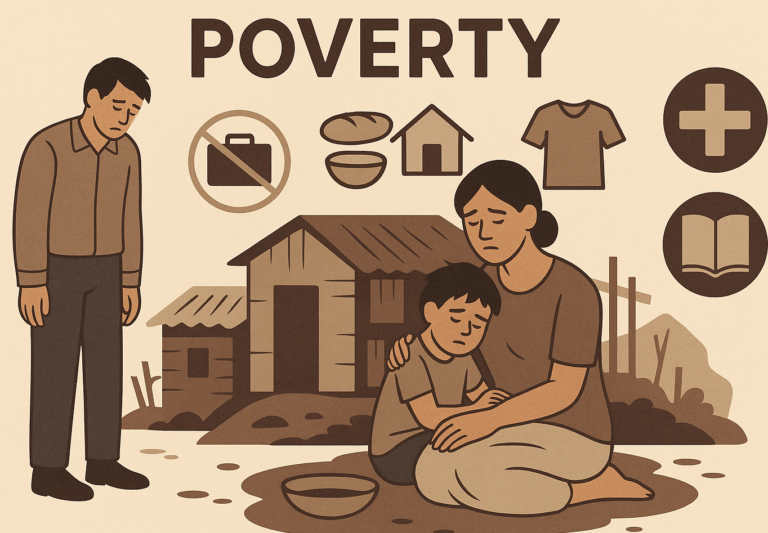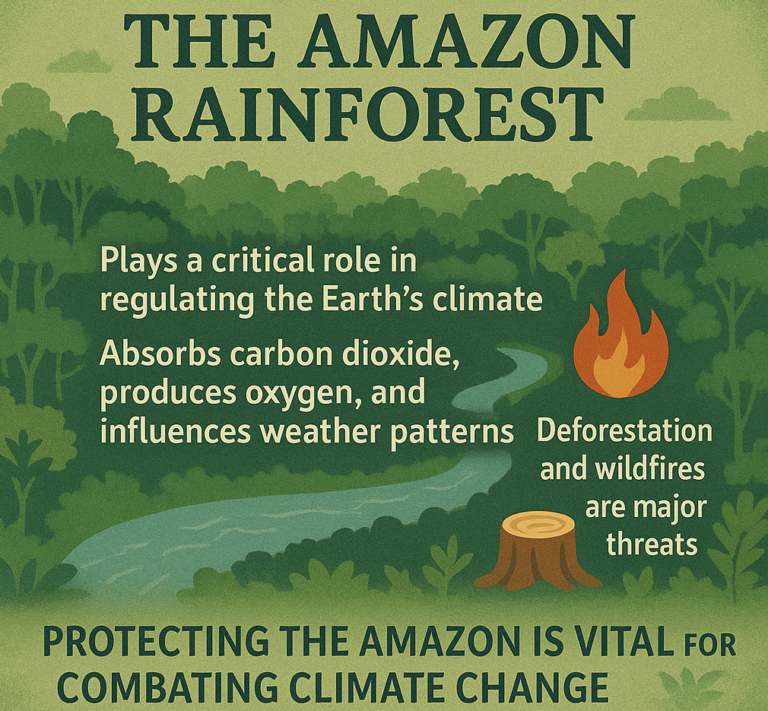1. Federalism
What is Federalism?
- Federalism is a political system where power is shared between a central (national) government and regional (state or provincial) governments. Both levels of government have their own responsibilities and powers.
Key Features of Federalism:
- Multiple levels of government: In federal systems, there are usually at least two levels of government—national (or central) and regional (like states, provinces, or territories).
- Division of powers: The national government and the regional governments each have their own set of powers. Some powers are shared, while others are exclusive to one level.
- Written Constitution: Federal systems often have a written constitution that defines the roles and responsibilities of both levels of government.
Examples of Federalism:
- United States: The U.S. has a federal system where the federal government (based in Washington, D.C.) and individual states (like California, Texas, etc.) share power. States have their own laws and governments, but they must follow the U.S. Constitution.
- India: India also follows a federal system where power is shared between the central government in New Delhi and the states.
How It Works:
- In a federal system, the national government handles issues that affect the whole country (e.g., defense, currency), while regional governments take care of local issues (e.g., education, healthcare).
- The division of powers can sometimes lead to conflicts between the national and regional governments, but these are often resolved by courts or compromises.

2. Parliamentary System
What is the Parliamentary System?
- In a parliamentary system, the executive (the government) is closely linked to the legislative branch (the parliament). The prime minister (the head of government) is usually the leader of the majority party in parliament.
Key Features of the Parliamentary System:
- Prime Minister: The prime minister is the head of government. They are not directly elected by the people, but are instead chosen from the members of parliament. The prime minister leads the executive branch and runs the day-to-day affairs of the country.
- Cabinet: The prime minister selects a cabinet of ministers from parliament to help run the government. These ministers oversee different areas (e.g., health, finance, foreign affairs).
- Majority Rule: The prime minister must have the support of a majority of parliament to stay in power. If they lose this support, they may be replaced.
Examples of the Parliamentary System:
- United Kingdom: The UK has a parliamentary system. The prime minister is the head of government, and they are chosen by the majority party in the House of Commons.
- Canada: Canada also follows a parliamentary system, with a prime minister as head of government and a separate ceremonial head of state (the monarch).
How It Works:
- Parliamentary Elections: In a parliamentary system, the public elects members to the parliament (the legislative body). The party that wins the most seats in parliament forms the government.
- Prime Minister’s Role: The prime minister leads the country’s government and makes decisions about domestic and international policy, but they must have the approval of parliament to pass laws.
- If a prime minister loses a vote of confidence in parliament, they must resign, and a new government may be formed or fresh elections are held.
3. Presidential System
What is the Presidential System?
- In a presidential system, the executive (president) is separate from the legislative branch (congress or parliament). The president is both the head of state and head of government, and is elected directly by the people.
Key Features of the Presidential System:
- Direct Election: The president is directly elected by the citizens of the country for a fixed term (e.g., 4 years, 6 years).
- Separation of Powers: The executive (president), legislative (congress), and judicial branches of government are separate and have different powers. This creates a system of checks and balances.
- Fixed Term: Once elected, the president serves for a set period and cannot be removed by parliament unless through impeachment (a legal process to remove them for serious wrongdoing).
Examples of the Presidential System:
- United States: The U.S. has a presidential system where the president is both the head of state and head of government. The president is elected separately from the legislature (Congress).
- Brazil: Brazil also uses a presidential system, where the president is elected directly by the people and serves as the leader of the country.
How It Works:
- Separation of Powers: In a presidential system, the president is the chief executive, while the legislature (like Congress in the U.S.) makes laws. This system is meant to prevent any one branch from gaining too much power.
- The president can propose laws, but only the legislature can make them official. Congress and the president may sometimes disagree, and this leads to debates and negotiations.
- The president serves a fixed term, meaning they cannot be removed from office unless there is a serious issue, like impeachment.
Comparison of the Three Systems
| Feature | Federalism | Parliamentary System | Presidential System |
|---|---|---|---|
| Power Division | Power is shared between national and regional governments. | Executive (prime minister) is part of the legislature (parliament). | Executive (president) is separate from the legislature (congress). |
| Head of Government | Can be a president or a prime minister, depending on the country. | Prime minister (chosen from the parliament). | President (directly elected by the people). |
| Separation of Powers | Often not as strict; regional governments have their own powers. | No separation of executive and legislative branches. | Strict separation of powers. |
| Examples | United States, India, Canada. | United Kingdom, Canada, India. | United States, Brazil, Mexico. |
In Summary:
- Federalism: Power is shared between national and regional governments (e.g., U.S., India).
- Parliamentary System: The prime minister is chosen by the parliament, and the government is closely linked to the legislature (e.g., UK, Canada).
- Presidential System: The president is elected separately from the legislature and has separate powers (e.g., U.S., Brazil).











